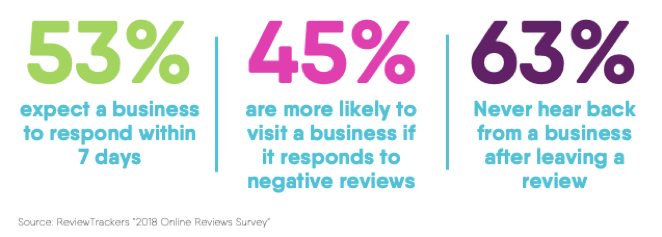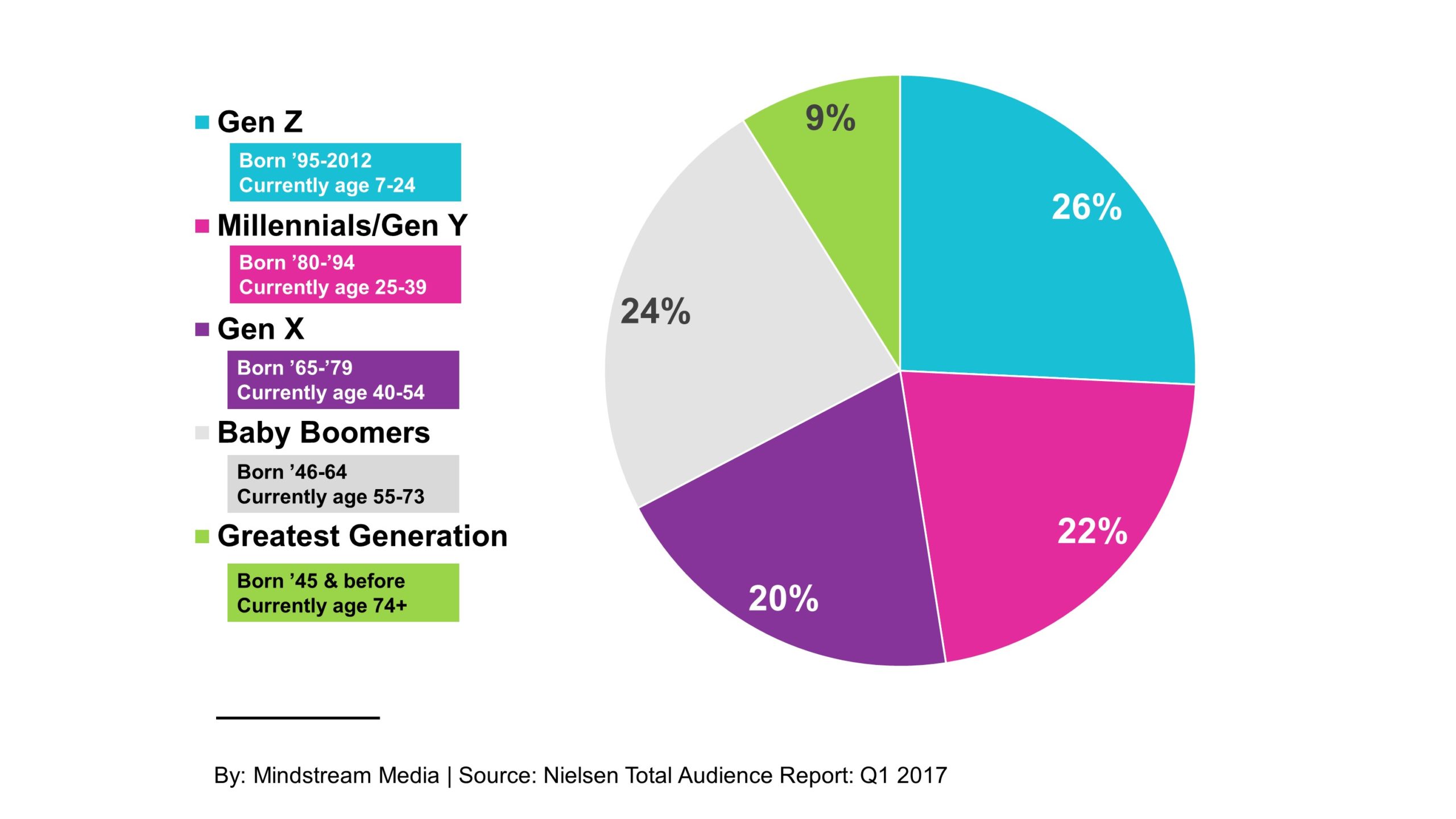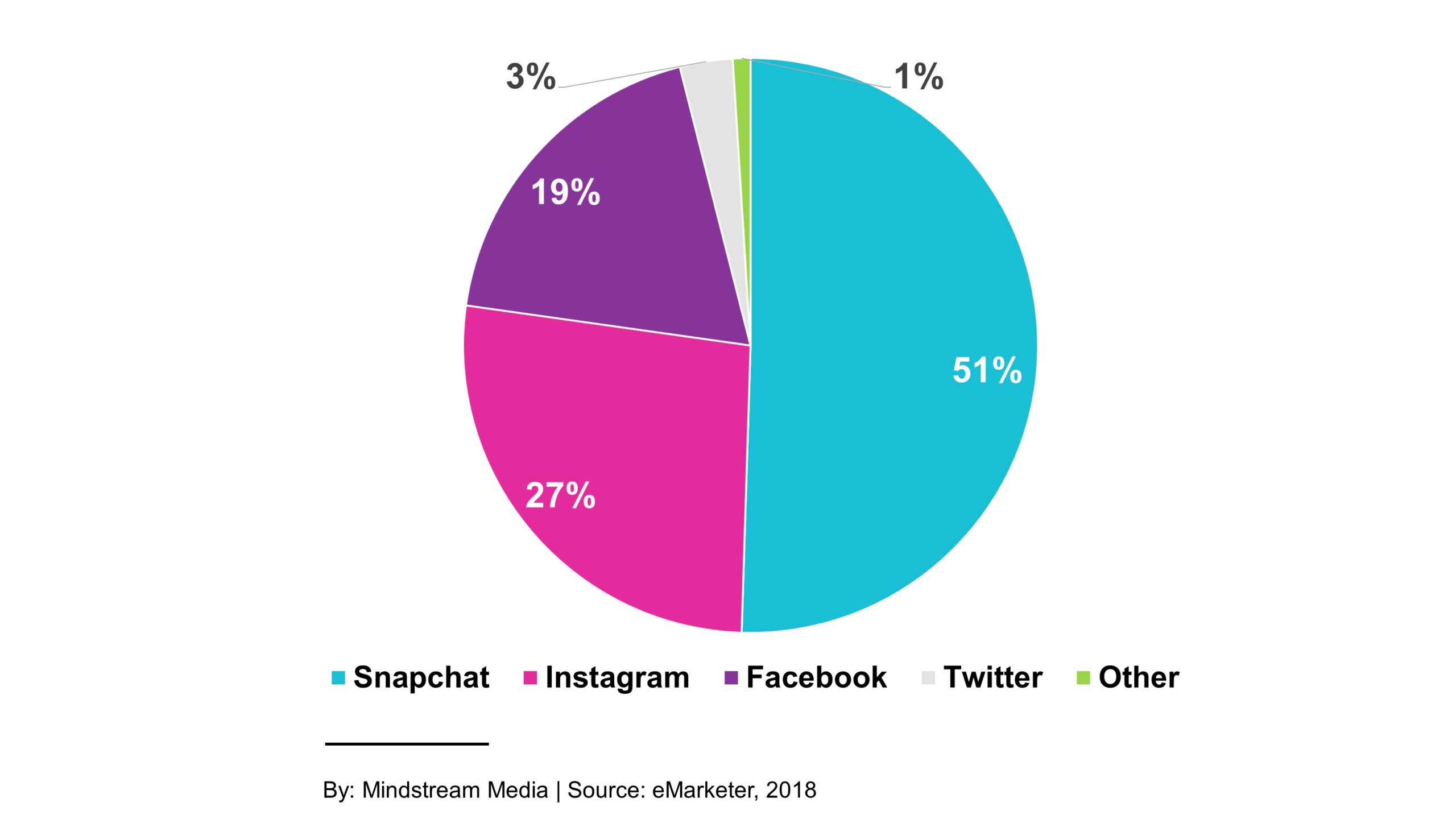As consumers in the digital era, we no longer have to battle the uncertainty that was previously associated with buying a new product. Thanks to product reviews and ratings, we now have insight into other people’s experiences – the good, the bad and the ugly – which in turn helps guide our buying decisions.
And we’re not just referring to physical product purchases, either – the interest in and value of service-related reviews cannot be understated.
The concept of consulting your BFF (the internet) for information before making a buying decision is nothing new, but the implications for marketers are becoming increasingly important as this word of mouth advertising continues to carry more weight in the eyes of consumers.
As a marketer, if your brand isn’t keenly aware of and actively managing online reviews, you’re behind the curve. This is particularly important since, according to the Local Search Association (now Localogy) and SOCi’s recent Localized Social Marketing Benchmark Report, ratings and reviews are key elements in creating a comprehensive LSM strategy and businesses doing this well are growing revenue 3x faster than their peers.
Now, more than ever before, it’s crucial that you know what consumers are saying about you, where they’re saying it and what you can and should be doing about it.
Top Review Sites
There are countless websites where consumers can visit to get relevant reviews, ratings and recommendations. We’ll cover a few of the top sites to get you started. It’s important to note, also, that while brands do continue to include testimonials and recommendations on their own websites, those reviews are seen as more screened and less authentic than ones on trusted review sites.
Amazon
For product purchases, Amazon is the go-to source for reviews, even if a person is not even planning to buy on the site. A study conducted by Salsify last year found that more than half (51 percent) of U.S. digital buyers trust Amazon for the most useful product information. According to eMarketer’s Andrew Lipsman, “More buyers and products means a higher volume of reviews, many of which are in-depth and provide the level of assurance shoppers want before they make a purchase. As more purchases beget more reviews, and more reviews beget more purchases, this creates a virtuous cycle for Amazon that helps explain why the company owns almost 50 percent of the U.S. ecommerce market today.”
In product reviews, 60 percent of internet users say that product performance information is the most helpful, followed by purchaser satisfaction and product quality. Surprisingly, value is ranked sixth, meaning buyers aren’t always looking for the best deal.

Google
While Amazon wins in product reviews, Google receives the most overall reviews and traffic viewing those reviews. Why? Well, everyone is already searching for local businesses, products and services on Google, so naturally their reviews fit into the research stage of the consumer’s buying journey. And compared to other review sites, Google has more user accounts and a seamless process for users to leave reviews. Google dominates the review market, with 64 percent of consumers saying they are likely to check reviews on Google before visiting a business (2018 Online Reviews Survey by ReviewTrackers).
Google reviews also show up in search results and can affect your search engine optimization (SEO), so they are critical in establishing your brand’s credibility.
Facebook
When a 2018 BrightLocal study asked, “What are the most important review sites for U.S. local businesses,” 71 percent of respondents listed Facebook. It’s no surprise the top social media network is a source of this type of information, considering the sheer size – 171 million monthly users, to be exact – and demographic / geographic makeup of its user base.
Yelp
Yelp’s self-proclaimed purpose is “to connect people with great local businesses.” So instead of selling products directly, ruling the search game or being a social media giant, their focus boils down to consumer reviews. With an average monthly unique visitor count of 69 million, Yelp most certainly demands attention – not just from consumers, but from advertisers as well.
How Can Marketers Best Address Ratings and Reviews?
While ratings and reviews are ultimately in the hands of consumers, there are steps that marketers can take to improve your web presence and online reputation.
Confirm Your Data and Claim Your Listings
First, it’s important that all your necessary business information like address, phone number, hours of operation, industry, etc. is accurate across the web. A solution like our Listings Management Program streamlines this process by optimizing all of your local data to build out local listings on Google and other sites, then syndicates that data across the web.
You’ll also want to optimize your listings on major review sites by adding photos, specials and other relevant content in order to improve your online presence and help generate more traffic.
Know About the Reviews
Next, you’ll want to make sure you’re seeing the reviews your business receives. The easiest way to do this is to invest in a reputation monitoring program that aggregates all of your reviews into one dashboard, or better yet, partner with an agency like Mindstream Media Group, that offers this service.
You’ll also need to monitor your social mentions that aren’t necessarily in the form of a review. Whether positive or negative, these mentions can help you address any issues, engage with consumers or shape your future marketing strategy.
Respond to Reviews
Over 53 percent of customers expect businesses to respond to their online review within seven days, according to the 2018 ReviewTrackers survey previously mentioned.
If they’ve taken the time to write a review, be it good or bad, most expect to be acknowledged. They want to be addressed and interact, and brands should seize the opportunity to create a meaningful connection with that customer.
Negative experiences tend to generate more reviews than positive ones. And while it may be difficult to address a negative review, there’s actually a huge benefit in doing so. Forty-five percent of consumers say they’re more likely to visit a business if it responds to negative reviews. But still, it seems that brands are falling short – over 63 percent of consumers report never hearing back from a business after leaving a review.

Solicit Reviews
Three-quarters of consumers are willing to leave a review if asked, but just because they are willing doesn’t mean they will. To address this opportunity, make sure to educate your customers on where to go to review your business. Post a flyer in your store, include a mention on your printed receipt or better yet, ask your customers personally after thanking them for doing business with you – but be careful, it’s generally against policy (and unethical) to incentivize people to leave a review.
The Takeaway
Reviews and ratings matter now more than ever. They’re trusted and highly impactful in the consumer decision-making process, so our No. 1 recommendation is simply to provide amazing customer service. Easier said than done, but brands and companies who care about their customers and provide great customer service tend to have better reviews. Providing a great experience and letting your customers know they’re appreciated really do make a significant impact on your bottom line.
Need help managing the online reputation for your multi-location business? Contact Mindstream Media Group to find out how our local social marketing solutions can amplify your brand’s presence.






 Although Gen Z shows traditional tendencies, it’s still difficult for advertisers to engage with them using traditional marketing channels. Gen Z relies heavily on social media and firsthand recommendations and reviews from others to help them decide on new products or experiences. In the same way, they post regularly about brands and products as a form of self-expression, often engaging a brand directly to share their own experiences, whether positive or negative. They also pay close attention to a brand’s response, or lack thereof, and act accordingly. They want to participate in the brand story and know they are being heard, or they’re moving on.
Although Gen Z shows traditional tendencies, it’s still difficult for advertisers to engage with them using traditional marketing channels. Gen Z relies heavily on social media and firsthand recommendations and reviews from others to help them decide on new products or experiences. In the same way, they post regularly about brands and products as a form of self-expression, often engaging a brand directly to share their own experiences, whether positive or negative. They also pay close attention to a brand’s response, or lack thereof, and act accordingly. They want to participate in the brand story and know they are being heard, or they’re moving on.







